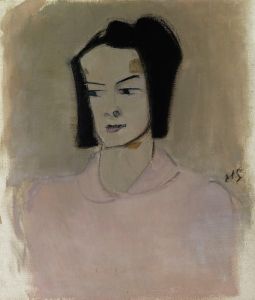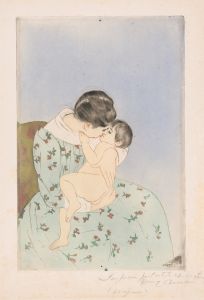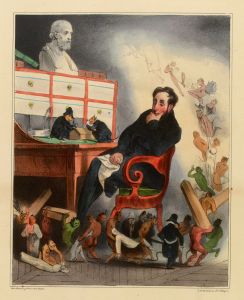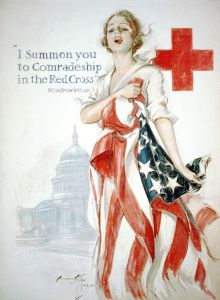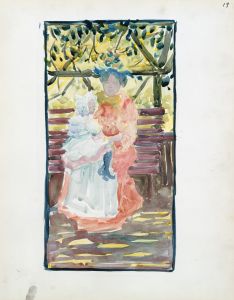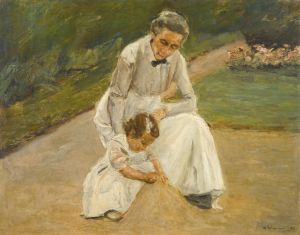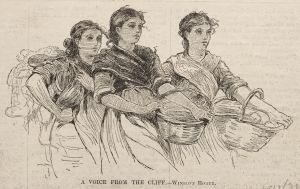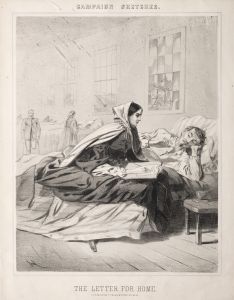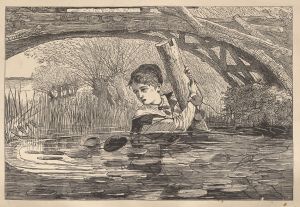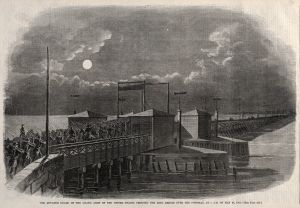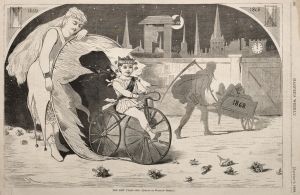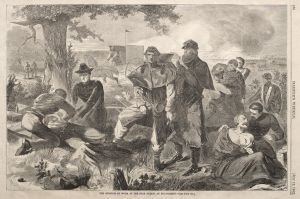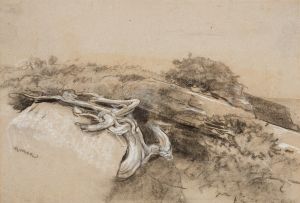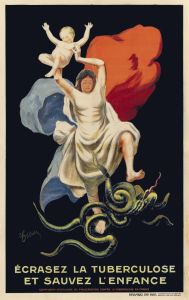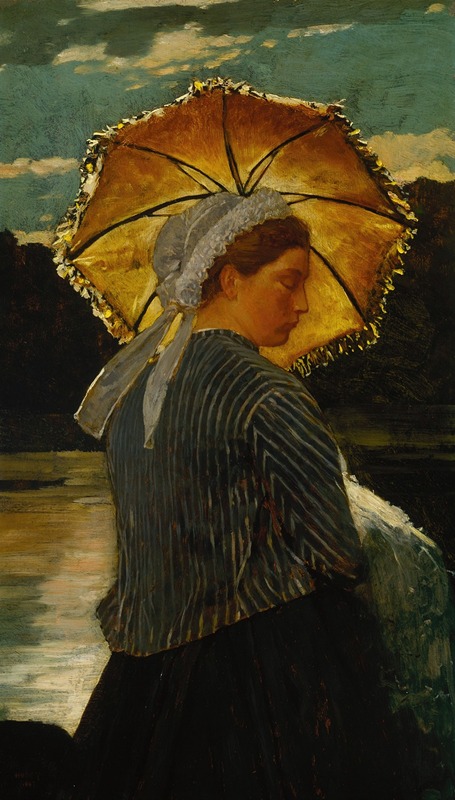
The Nurse
A hand-painted replica of Winslow Homer’s masterpiece The Nurse, meticulously crafted by professional artists to capture the true essence of the original. Each piece is created with museum-quality canvas and rare mineral pigments, carefully painted by experienced artists with delicate brushstrokes and rich, layered colors to perfectly recreate the texture of the original artwork. Unlike machine-printed reproductions, this hand-painted version brings the painting to life, infused with the artist’s emotions and skill in every stroke. Whether for personal collection or home decoration, it instantly elevates the artistic atmosphere of any space.
Winslow Homer, an American artist renowned for his landscape and marine subjects, created "The Nurse" during the mid-19th century. This painting is part of Homer's exploration of themes related to the American Civil War, a period that significantly influenced his work. Homer, who initially gained recognition as an illustrator for magazines such as Harper's Weekly, often depicted scenes that captured the human experience during this tumultuous time.
"The Nurse" is an oil painting completed in 1861, a year marked by the beginning of the Civil War. This work is one of several that Homer produced, reflecting the war's impact on American society. The painting portrays a nurse, a figure that became emblematic of the war effort, as women took on new roles in response to the conflict. Nurses were crucial in providing care and comfort to wounded soldiers, and their contributions were vital to both the Union and Confederate sides.
In "The Nurse," Homer captures the quiet dignity and resilience of these women. The composition of the painting is intimate, focusing on the nurse as she tends to her duties. The setting is likely a makeshift hospital or a similar environment, common during the war when many public buildings were repurposed to care for the injured. Homer's use of light and shadow in the painting adds depth and emotion, highlighting the nurse's expression and the seriousness of her task.
Homer's attention to detail and his ability to convey emotion through his subjects are evident in "The Nurse." The painting reflects his broader interest in the human condition and the ways in which ordinary people respond to extraordinary circumstances. This focus on realism and emotional depth became a hallmark of Homer's work throughout his career.
"The Nurse" is also significant in the context of Homer's development as an artist. During the Civil War, he transitioned from illustration to painting, a shift that allowed him to explore more complex themes and techniques. His experiences as a war correspondent and his exposure to the realities of the conflict deeply influenced his artistic vision.
While "The Nurse" is not as widely known as some of Homer's later works, such as "The Gulf Stream" or "Snap the Whip," it remains an important piece in understanding his early career and the evolution of his style. The painting is a testament to Homer's ability to capture the essence of his time, providing insight into the lives of those who lived through the Civil War.
Today, Winslow Homer is celebrated as one of America's greatest painters, and his works continue to be studied and admired for their technical skill and emotional resonance. "The Nurse" is a poignant reminder of the contributions of women during the Civil War and the enduring power of art to document and interpret history.





